Why Rear-Drive Cars Struggle in Small Overlap Test

The Insurance Institute for Highway’s Safety’s (IIHS) small-overlap test is one of the hardest crash evaluations for a vehicle to pass, and interestingly, rear-wheel-drive models have a much more difficult time doing well for several reasons.
What makes this test so tough is that vehicles are run at 40 mph into a five-foot-tall rigid barrier, but the kicker is only 25 percent of the front end contacts the obstacle. This puts enormous loads on the safety structure, especially with a longitudinal engine arrangement, the layout found in rear-drive models.
Mike O’Brien, vice president of corporate and product planning at Hyundai Motor America said, “The powertrain is typically considered a major portion of energy management in a crash sequence.”
According to O’Brien what’s under the hood plays “an integral part of the total body structure in terms of managing how you turn the crash energy into heat and therefore keep the crash event (away) from the occupant cabin.”
SEE ALSO: 2015 Ford Mustang Ride Along
With a transverse-mounted engine like you’d find in the typical front-drive car the powertrain shares some of the crash load; in a way it acts like a shield to help absorb energy. But rear-drive is a totally different animal. “With the 25 percent small offset it basically misses the powertrain completely, so now you’re relying on body structure only to manage the crash event,” said O’Brien, a much more challenging task for the car’s structure.
On the Hyundai Genesis sedan for instance, which earned Top Safety Pick Plus honors from the IIHS, the highest you can get, O’Brien said “we have a high-pressure die-casting that forms the entire inner fender structure and it’s also bonded to steel with aerospace adhesive.” Lots of work was also done in the cowl and A-post areas. All told this layout forms an extremely rigid structure that protects occupants in even the most severe collisions.
GALLERY: 2015 Hyundai Genesis Sedan
Discuss this story on our Hyundai forum.

Born and raised in metro Detroit, Craig was steeped in mechanics from childhood. He feels as much at home with a wrench or welding gun in his hand as he does behind the wheel or in front of a camera. Putting his Bachelor's Degree in Journalism to good use, he's always pumping out videos, reviews, and features for AutoGuide.com. When the workday is over, he can be found out driving his fully restored 1936 Ford V8 sedan. Craig has covered the automotive industry full time for more than 10 years and is a member of the Automotive Press Association (APA) and Midwest Automotive Media Association (MAMA).
More by Craig Cole



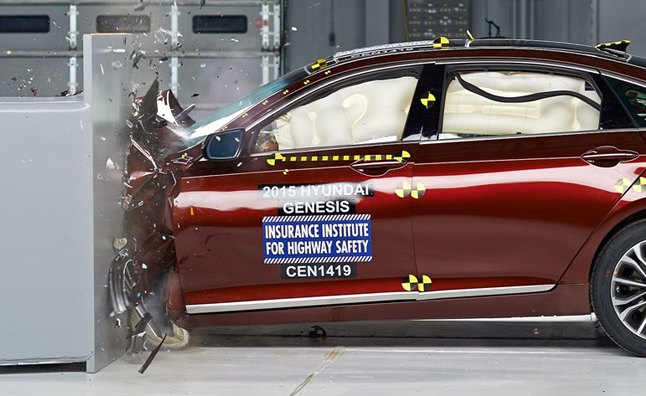














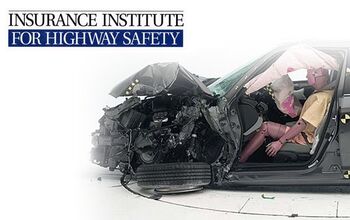

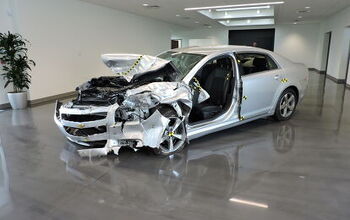
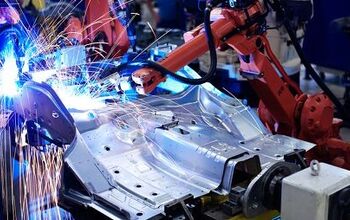
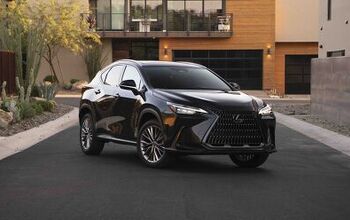
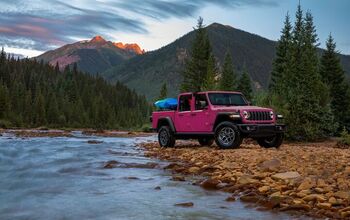
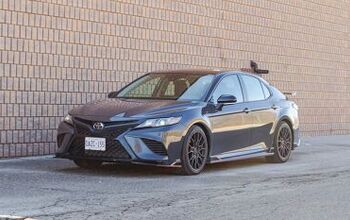
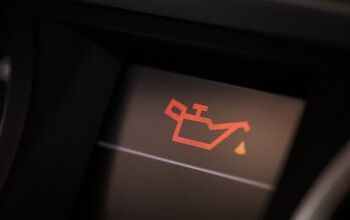
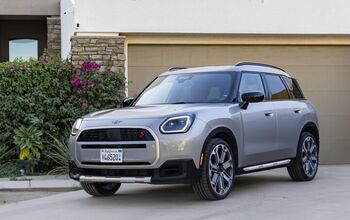

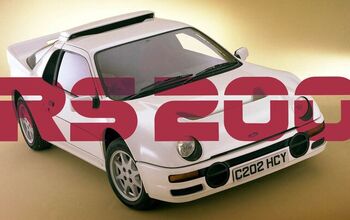
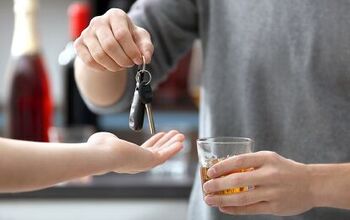
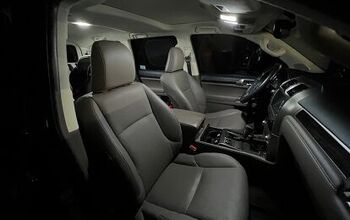

Comments
Join the conversation
Another day, another IIHS boner Someone tell MB and BMW their cars are not as safe as Citren and Dacia in small overlap crashes on those one-and-a-half-lane country roads in Europe for all these years because IIHS sez so. And what about FWD cars with longitudinally mounted blocks? Are they still safer than a Subaru BRZ even though it has a flat-4? I hate to be the buzzkill to yet another artistically fabricated agenda fueled IIHS fantasy; but uh guess whaah: Yesterday i happened to see an accident downtown; a Chrysler 300 small overlapped a Tucson, one was able to drive away on its own, the other looked like a jigsaw puzzle with a couple of pieces gone.